Gregg Segal, USA
Four continents: What children eat (when they have something to eat)
Kawakanih in Mato Grosso, Brazil is one of the children whose nutrition is part of a photo project carried out by US photographer Gregg Segal in America, Europe, Asia and Africa. His project was inspired by a study by Cambridge University about the fundamental differences in traditional eating behaviors and the global rise of fast food.
 Bild 1 von 12 © Gregg Segal, USA (Freelance Photographer)
Bild 1 von 12 © Gregg Segal, USA (Freelance Photographer)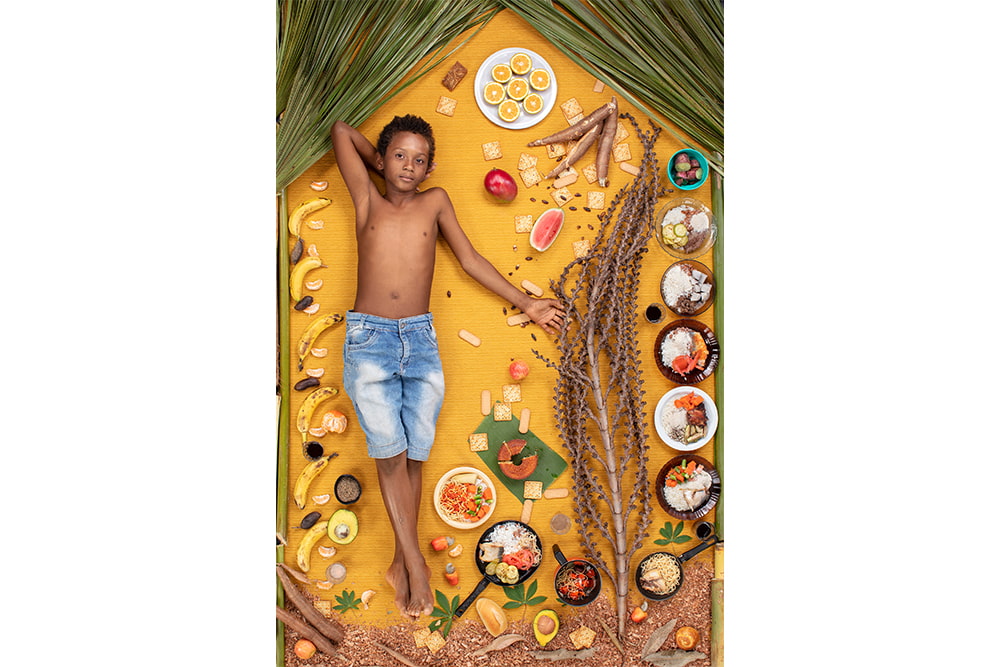 Bild 2 von 12 © Gregg Segal, USA (Freelance Photographer)
Bild 2 von 12 © Gregg Segal, USA (Freelance Photographer)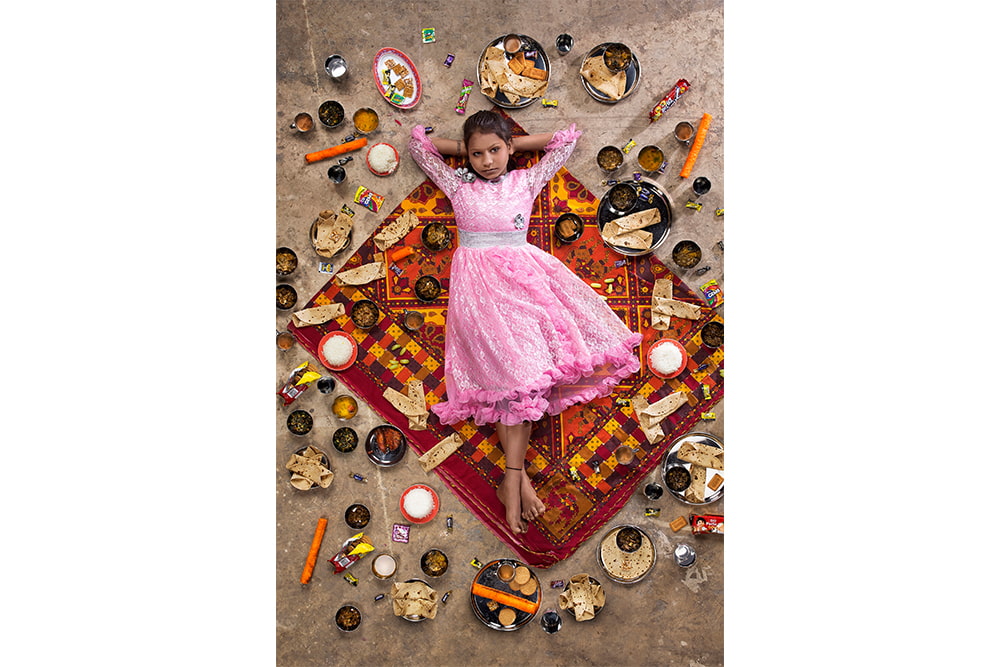 Bild 3 von 12 © Gregg Segal, USA (Freelance Photographer)
Bild 3 von 12 © Gregg Segal, USA (Freelance Photographer) Bild 4 von 12 © Gregg Segal, USA (Freelance Photographer)
Bild 4 von 12 © Gregg Segal, USA (Freelance Photographer)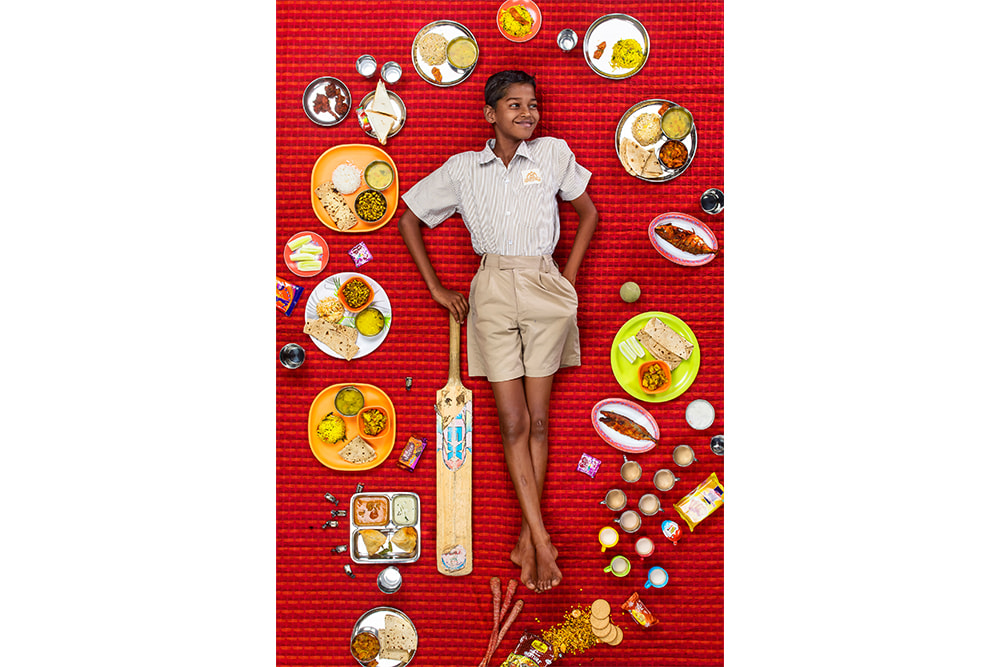 Bild 5 von 12 © Gregg Segal, USA (Freelance Photographer)
Bild 5 von 12 © Gregg Segal, USA (Freelance Photographer)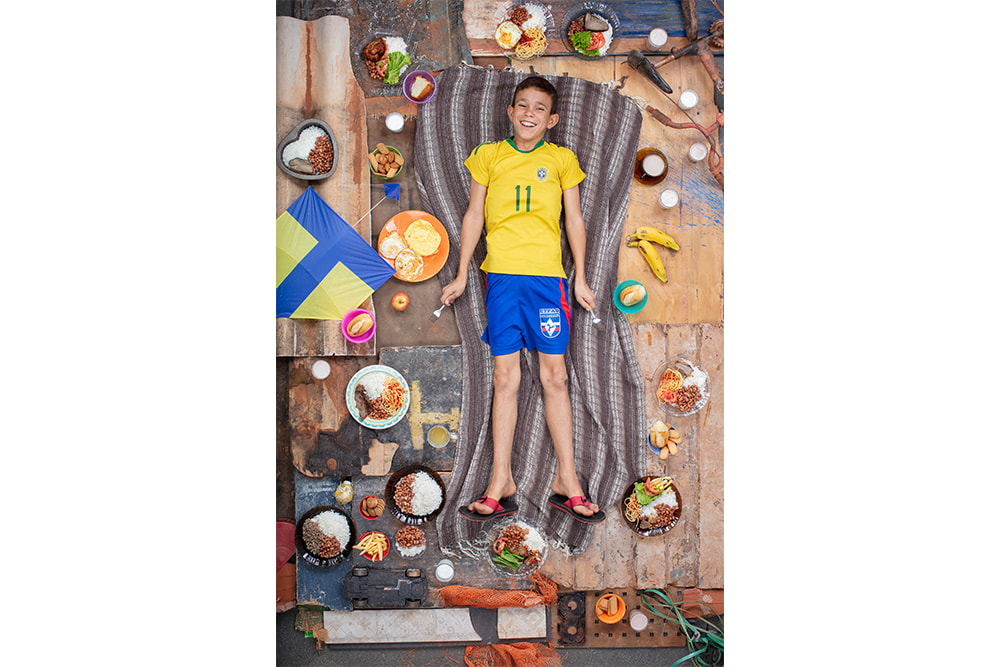 Bild 6 von 12 © Gregg Segal, USA (Freelance Photographer)
Bild 6 von 12 © Gregg Segal, USA (Freelance Photographer)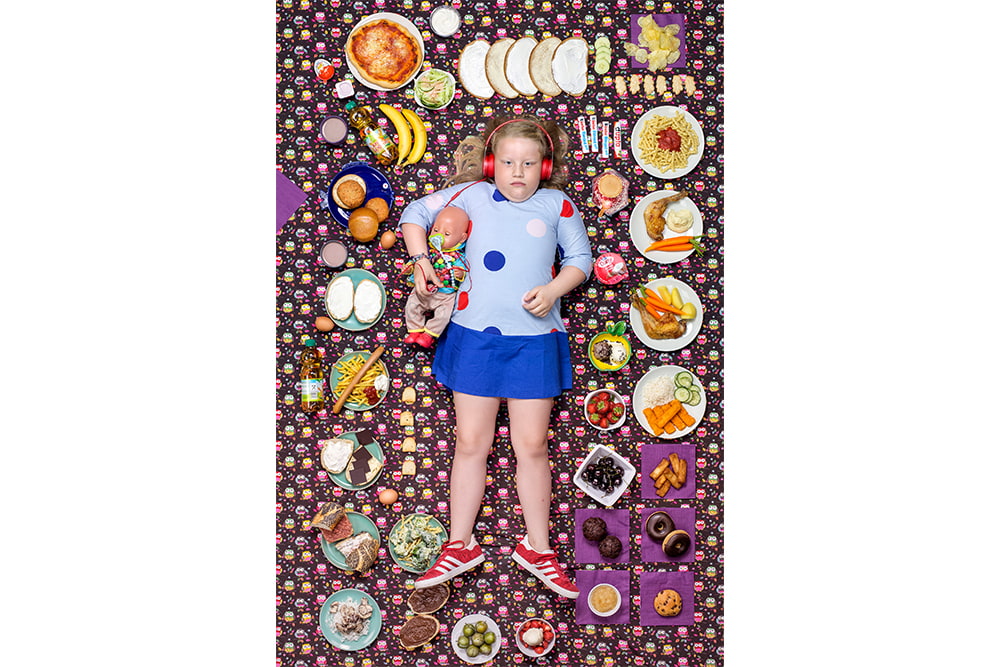 Bild 7 von 12 © Gregg Segal, USA (Freelance Photographer)
Bild 7 von 12 © Gregg Segal, USA (Freelance Photographer)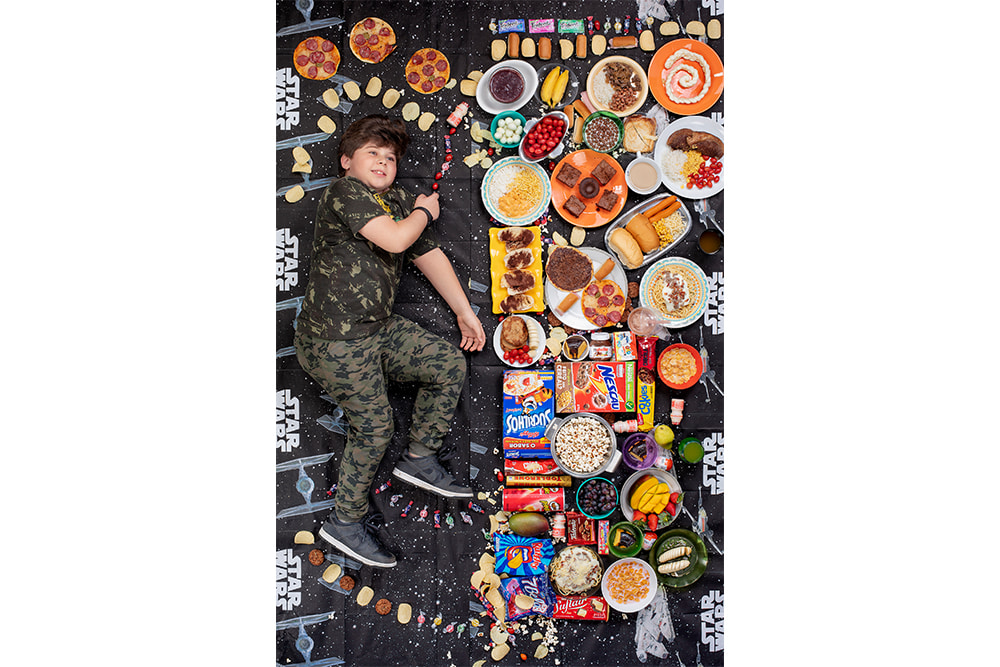 Bild 8 von 12 © Gregg Segal, USA (Freelance Photographer)
Bild 8 von 12 © Gregg Segal, USA (Freelance Photographer) Bild 9 von 12 © Gregg Segal, USA (Freelance Photographer)
Bild 9 von 12 © Gregg Segal, USA (Freelance Photographer)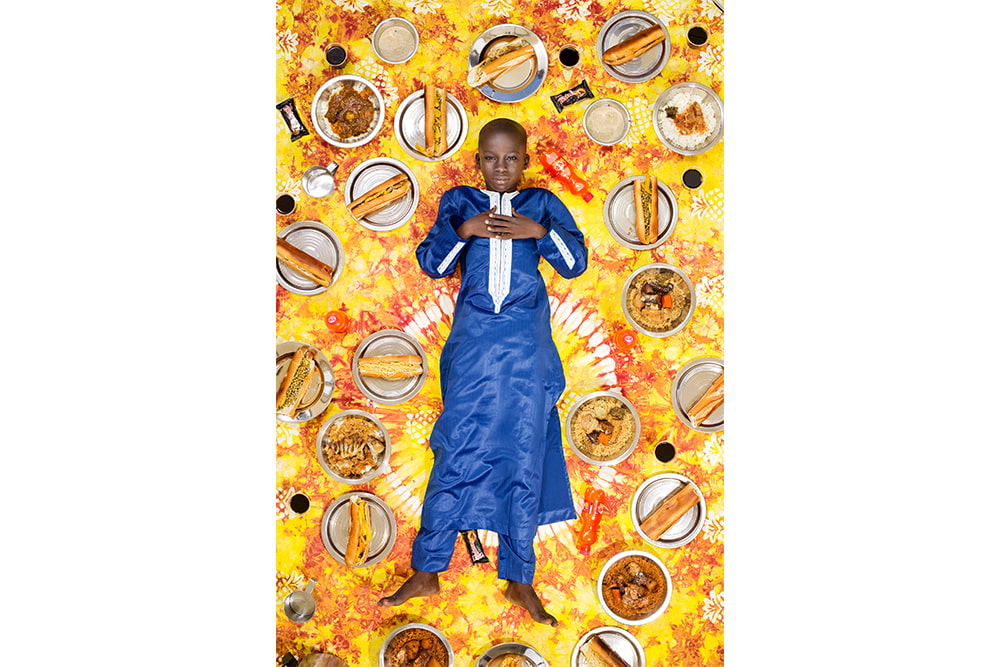 Bild 10 von 12 © Gregg Segal, USA (Freelance Photographer)
Bild 10 von 12 © Gregg Segal, USA (Freelance Photographer)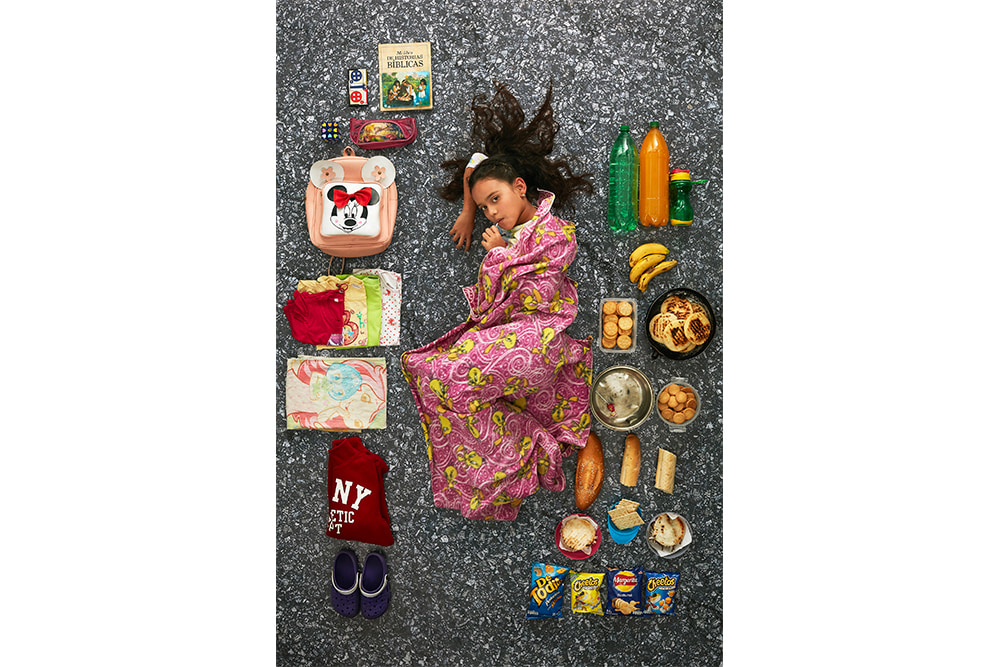 Bild 11 von 12 © Gregg Segal, USA (Freelance Photographer)
Bild 11 von 12 © Gregg Segal, USA (Freelance Photographer)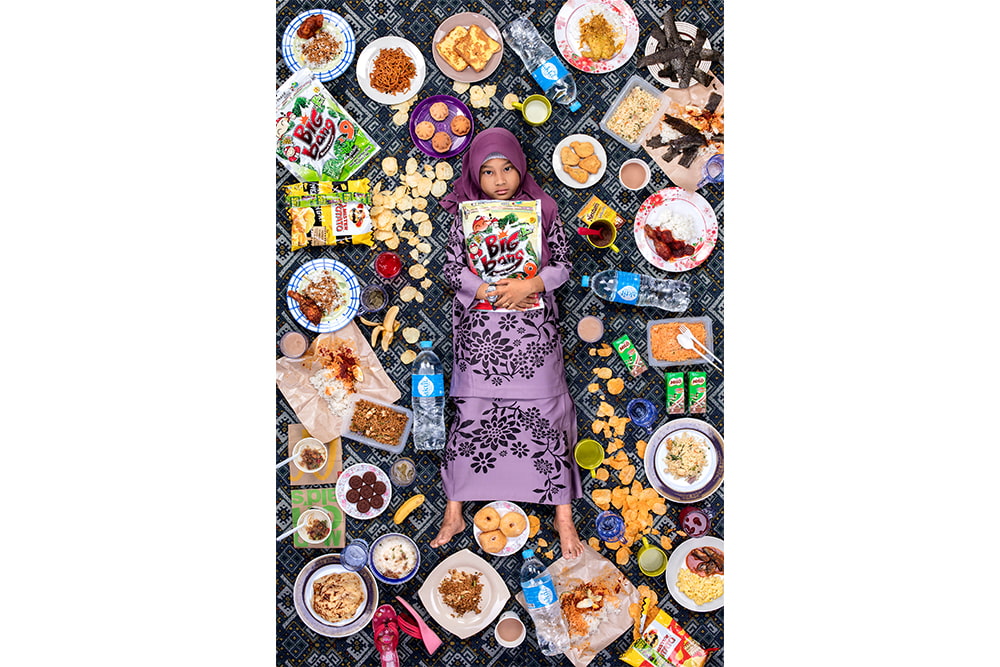 Bild 12 von 12 © Gregg Segal, USA (Freelance Photographer)
Bild 12 von 12 © Gregg Segal, USA (Freelance Photographer)
According to the study, nine out of the ten countries with the healthiest diets are African nations, due to their cuisine’s high percentage of vegetables, fruit, nuts and grain and the fact that the food there is still mostly cooked by families at home. In stark contrast, the USA, where in 2015 already 60 percent of calories consumed came from industrially produced food. Thanks to “junk food”, the number of obese children in the USA has increased tenfold in the last 40 years. While, on the other hand, 820 million people around the world still (temporarily or permanently) go hungry.
Curriculum Vitae: Gregg Segal, USA (Freelance Photographer)

Gregg Segal, born in 1964, lives in Altadena, California. He studied Photography and Film at California Institute of the Arts (BFA), Dramatic Writing at New York University (MFA) and Education at The University of Southern California (MA).
Segal sees his work as studies of the sociology and culture of societies. His portraiture and photo essays have been featured in Time, Newsweek, The Independent, Le Monde, Stern, National Geographic and Wired, and others.